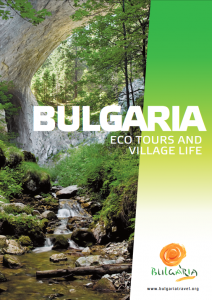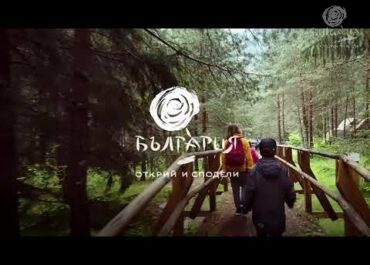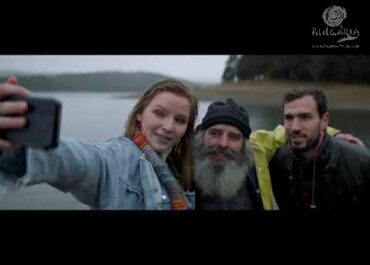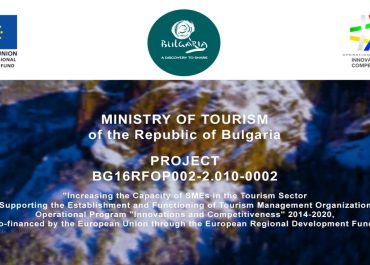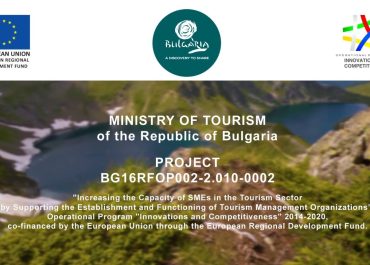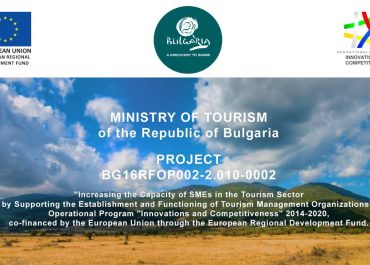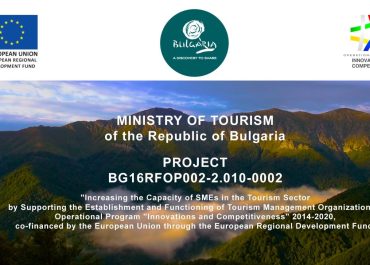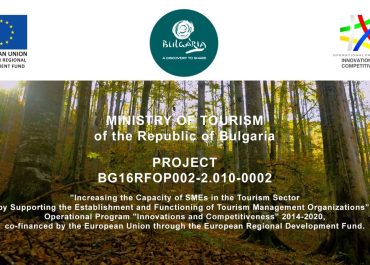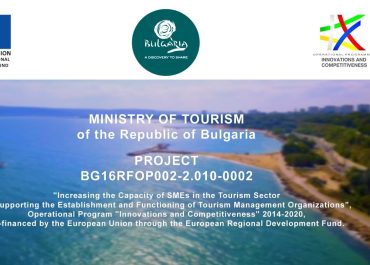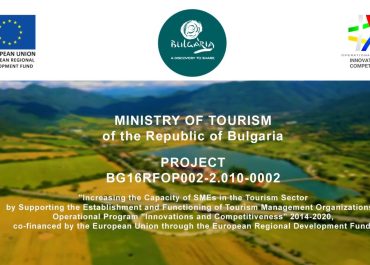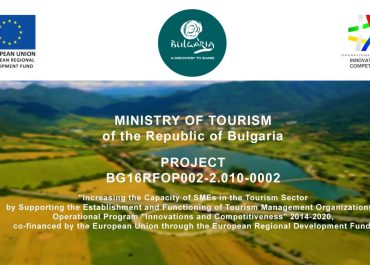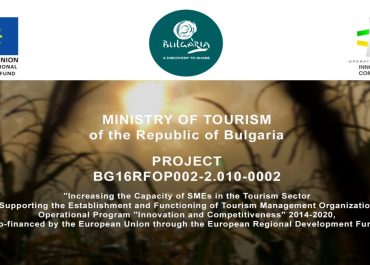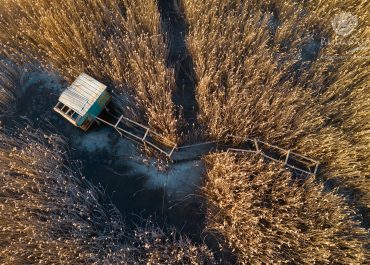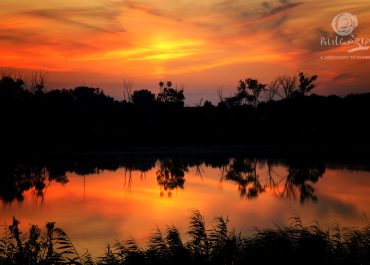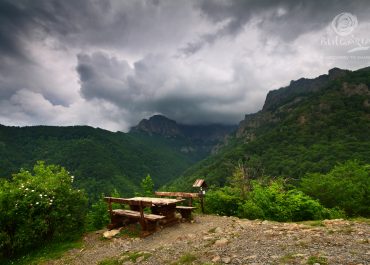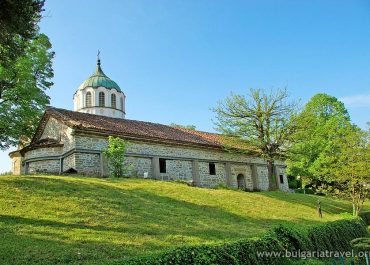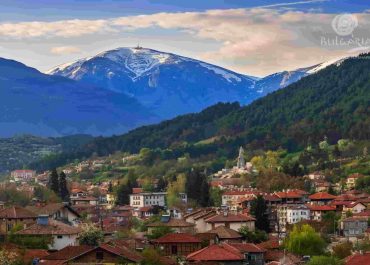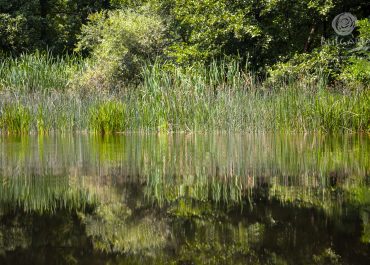
Ecological Tourism
Exceptionally rich biodiversity, natural parks, unique natural landmarks, impressive caves and canyons, glacial lakes – it is difficult to describe how multi-faced and wonderful is Bulgaria’s nature. Here every admirer of beautiful views and the close touch of nature can find their paradise. Excellent conditions have been established for all kinds of ecologically friendly activities – hiking, mountain crossing, observation of birds, animals and plants, visiting of natural landmarks and many others. Basic and leading, however, is always the thought of preserving and protecting nature.
In terms of biodiversity, Bulgaria is on the second place in Europe. The plants are over 12,360 species, as 3,700 of them are higher species. 763 species have been included in the Red Book of Bulgaria. About 750 plants have been registered as medicinal, and 70% of them are economically valuable species, and the country exports about 15 thousand tones of herbs per year. The forest fund amounts to about 4.0 million hectares. This is about 36.85% of the country’s territory. From the leaf-fall broad-leaved forests the most wide spread are the oak and beech forests. The oak forests are spread in the territories with altitude of up to 1,000 meters, and the beech forests are mainly in the middle-mountain area of the country. Dense forests have developed at the lower currents of the rivers Batova, Kamchiya, Ropotamo and Veleka. The natural coniferous forests are spread in the territories of up to 2,200 meters above the sea level. They are the most largely spread in the Rhodope mountain. They mainly consist of spruce, fir and white pine. Black fir grows in the mountains Slavyanka and Pirin, and white fir grows in the Middle Balkan Mountain, the West Rhodope, the Middle Pirin, Rila and Vitosha.
27 thousand species representatives of the invertebrate fauna live in Bulgaria, and the vertebrates are represented by more than 750 species, 397 of which are birds, 207 freshwater and Black Sea fish species, 94 mammal species, 52 species of amphibians and reptiles. Seven zoo geographic regions are differentiated in the country. Four of them are included in the Mediterranean subarea, and three of them – in the Euro-Siberian subarea. The country is a home to European, Euro-Siberian and Mediterranean species, and in the regions of Mediterranean Sea climatic influence many relic species can be seen. The cave fauna in Bulgaria consists of more than 100 species. The Black Sea with its fish content is a subject to sport and industrial fishing.
Three national parks have been established in the country – Pirin (UNESCO), Rila, Central Balkan, and 11 natural parks – Belasitsa, Balgarka, Vratsa Balkan, Golden Sands, Persina, Rila Monastery, Rusenski Lom, Sinite Kamani, Strandzha and the Shumen Plateau. In order to preserve the biodiversity, 89 reserves have been established (17 were declared biosphere reserves according to the UNESCO program “Human and Biosphere” – Ali Botush, Bayuvi Dupki – Dzindzhiritsa, Bistrishko Branishte, Boatin, Chervenata Stena, Chuprene, Dzhendema, Dupkata, Kamchia, Kupena, Mantaritsa, Marichini Lakes, Uzunbodzhak, Parangalitsa, Srebarna, Steneto, Tsarichina) and 2,234 sites were declared natural landmarks. Two of the natural sites – Natural Park Pirin and Srebarna Reserve – have been included in the UNESCO List of the Global Natural Heritage.
The national park Pirin is a protected territory, established to preserve the unique landscape of the Pirin mountain. Within the borders of the park is located the oldest tree in the country – the Baykusheva Mura, which is as old as the country itself – more than 1,300 years old. The park is rich in unique eco systems and rare plant and animal species, a large part of which are included in the Red Book of Bulgaria.
The biosphere reserve Srebarna covers the lake Srebarna and the territories near it. It presents an exceptional diversity of plant and animal species, and it is one of the most interesting wetlands in Europe. One of the migration routes of migratory birds between North Europe and Central Africa passes through it – the so called Via Pontica. Another bird route is Via Aristotelis, which passes through the valley of Struma river.
Four of the reserves have been declared wetlands according to the Convention on Wetlands of National Importance (Ramsar Convention) – Arkutino, Atanasovsko Lake, Durankulak, Srebarna. 22 sites were signified by Birdlife International as important bird areas in Europe – the natural landmark Alepu swamp, Atanasovsko Lake reserve, Belene Island reserve, Burgas Lake, Cape Emine, Kaliakra reserve, natural landmark Durankulak, natural landmark Zaskoto, Nameless island in the Danube river near Nova, Cherna, Kamchia reserve, Malko Sharkovo dam, Mandrensko lake, Ovcharitsa dam, natural park Rusenski Lom, Shabla-Ezerets complex, Srebarna reserve, Steneto reserve, Valchi Dol reserve, Tsarichina reserve, Vardim island, natural landmark Yatata.
Hundreds of kilometers of marked eco paths have been created for accessing many of the hidden treasures of Bulgarian nature (Negovanska path – along the gorge of Negovanka river, village of Emen, Veliko Tarnovo; Tran eco path in close proximity to the gorge of Erma river, Western Bulgaria; Dryanovo eco path near the Dryanovo Monastery; the Vratsa eco path in the natural park Vratsa Balkan, etc.) with various relaxation installations – chalets, shelters, alcoves, benches, observation places, etc. Paths with total length of over 37,000 km have been marked in the mountains. Some of the international tourist routes pass through the country – the final section (Kom – Emine) of the European tourist route E-3, the European tourist route Е-4 – Vitosha – Verila – Rila – Pirin and the European tourist route E-8 – Rila – Rhodope.
Everyone who wishes to get to know nature and learn more about the rare plant and animal species can visit any of the Bulgarian protected territories or the visitor centers at them. The national and natural parks in the country not only provide access to wild nature, but they also provide special education programs. Visitor centers are organized in the localities around the parks. The Bulgarian Tourist Union, the Mountain Rescue Service and the Bulgarian Red Cross take care of the security and safety of tourists.


